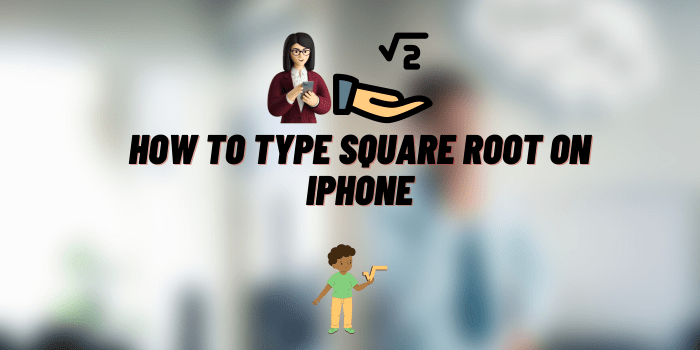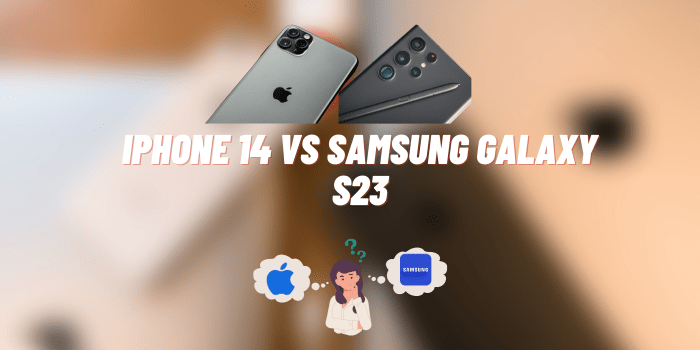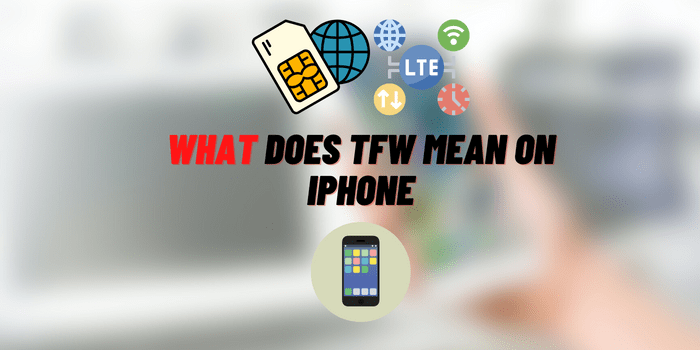Does Face ID Work in the Dark?
Facial recognition technology has significantly evolved over the years, becoming a cornerstone of device security. Among the prominent systems out there, Apple’s Face ID stands out as a pioneer. But a common query arises: Does Face ID work in the dark? This article delves into the intricacies of Face ID and its performance under different lighting conditions.
About Face ID
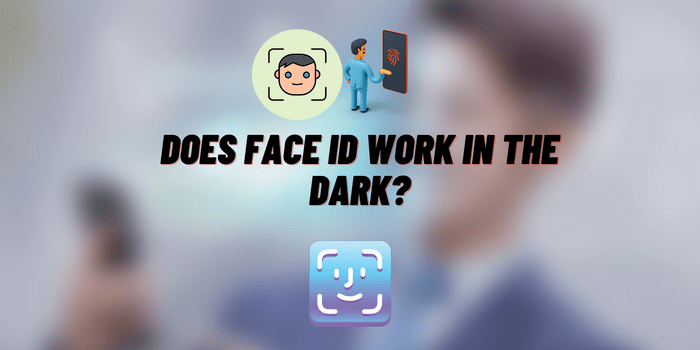
Since its introduction, Apple’s Face ID has revolutionized the way we authenticate our devices. Stepping beyond the realm of passwords and fingerprints, Apple introduced a system that scans facial features for verification. The technology hinges on a complex infrastructure and intricate designs that enable its mainstream appeal and effectiveness.
Basics of How Face ID Functions
At the heart of Face ID lies the TrueDepth camera system, designed meticulously by Apple. This system, combined with infrared (IR) technology, ensures accurate facial readings. Three essential components come into play:
- Dot Projector: Projects over 30,000 invisible dots onto the user’s face.
- Infrared Camera: Reads the dot pattern.
- Flood Illuminator: Injects infrared light to help read faces even in the dark.
Does Face ID Work in the Dark? – The Direct Answer
The short answer? Yes, it does. The credit for this capability goes mainly to the infrared technology incorporated within the system.
When it comes to the question, Does Face ID work in the dark?, understanding the role of infrared technology is crucial. Let’s dive deep into how infrared (IR) technology makes it possible for Face ID to operate effectively in low light conditions.
Explanation of Infrared Light and Its Properties
Infrared light occupies the section of the electromagnetic spectrum just beyond the range of human vision. Unlike visible light, which ranges from violet to red, infrared light has longer wavelengths. This quality is significant because it enables the light to penetrate through various environmental factors such as fog and, importantly for our context, darkness.
How the Human Eye Perceives (or Doesn’t Perceive) IR Light
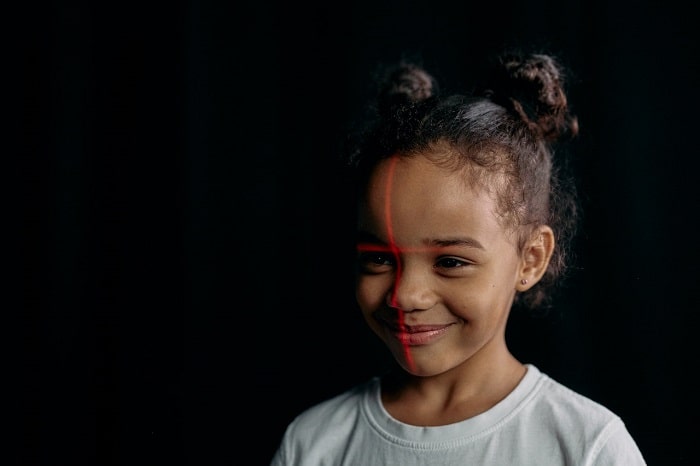
The human eye is sensitive only to a narrow band of the electromagnetic spectrum, primarily the visible light range. Because infrared light falls outside of this range, we can’t see it. However, many devices, including certain types of cameras and sensors, can detect infrared light. This capability is particularly useful for systems like Face ID, which need to function in diverse lighting conditions, including complete darkness.
The Way Face ID’s IR Emitters and Sensors Work Together to Capture Facial Details in Low Light
Face ID uses a TrueDepth camera system that includes a series of components designed for facial recognition. Among these are the infrared emitters and sensors, which play a pivotal role in enabling Face ID functionality in the dark. Here’s how it works:
- Flood Illuminator: When you activate your device, the flood illuminator covers your face with infrared light. Since infrared light is invisible to the human eye but not to the sensors, this provides a ‘base layer’ of illumination regardless of the ambient light conditions.
- Dot Projector: Simultaneously, the dot projector sends out more than 30,000 invisible infrared dots onto your face. These dots create a pattern unique to the contours and geometry of your face.
- Infrared Camera: The infrared camera then captures the pattern of dots reflected back. It’s sensitive enough to pick up this pattern even in the dark, thanks to the initial illumination provided by the flood illuminator.
- Data Analysis: The device’s software then analyzes the captured data in real-time, matching it against the stored facial data to confirm a match and unlock the device or authorize a transaction.
Thus, the synergy between the infrared emitters and sensors in Face ID allows the system to capture and analyze facial details in conditions ranging from broad daylight to complete darkness.
Practical Experiences: User Reports and Real-World Testing
Anecdotal evidence from countless users confirms Face ID’s efficiency in the dark. Some tests, including controlled experiments, have shown that the system remains accurate and quick, irrespective of the lighting conditions.
Factors that Can Influence Face ID Performance in the Dark
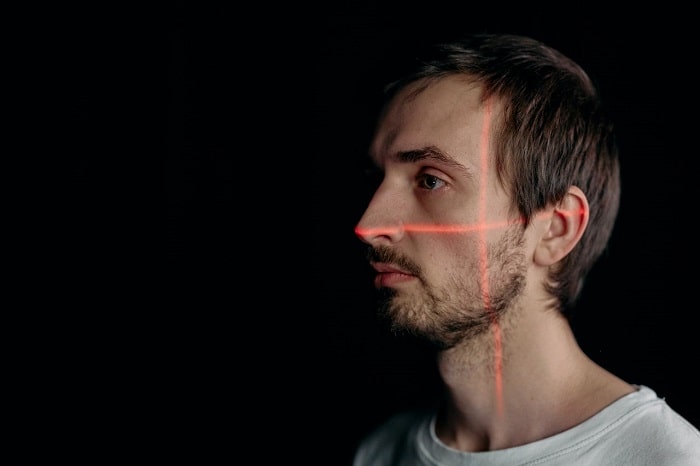
While the system is robust, certain factors can deter its performance:
- Obstructions: Glasses, scarves, and other items might cause reading delays or errors.
- Angles & Distances: Holding the device too close or at odd angles might hinder authentication.
- Environmental Factors: Extremely cold environments could potentially affect the device’s sensors.
Comparing Face ID with Other Biometric Systems in Low Light Conditions
In the realm of biometrics, other systems like fingerprint readers and iris scanners have their merits. However, in low-light scenarios, many of these alternatives often falter in speed and accuracy when juxtaposed with Face ID.
Tips for Optimal Face ID Use in the Dark
For the best experience, users should:
- Ensure the TrueDepth camera remains clean and clear.
- Hold the device at an arm’s length and directly in front of the face.
- Familiarize themselves with potential issues and solutions, such as repositioning or ensuring no obstructions.
Safety and Privacy Concerns
Apple consistently emphasizes user security. The facial data captured by Face ID is encrypted and stored locally on the device, ensuring no external breaches. Additionally, concerns regarding infrared exposure have been addressed by experts, confirming that the levels used pose no harm.

